Wild ginger, Asarum canadense, is found growing throughout the eastern United States and southeastern Canada, as well as parts of Asia. Despite its name, it bears no relation to culinary ginger. At first glance. it’s not very remarkable, because the flowers are hidden beneath the leaves at the base of the plant. This unusual growth structure is believed to have evolved to help early spring insects locate the flower for food and pollinating. The brownish-mauve flowers have a distinctive bell shape with three small tips that flare out from its edges. They are not of interest to deer or other herbivorous mammals, but insects love this plant, including ants who carry its seeds underground for germination. Wild ginger attracts a very specific pollinator: the Pipevine Swallowtail Butterfly. Description from The Spruce
Home > Plant Guide >
Scientific Name
Family
Garden Type
Wildlife
Native Plant Region
Light needs
Water Needs
Plant Type
Bloom Color(s)
Height
Width
Months in Bloom
Safe Beneath Power Lines?
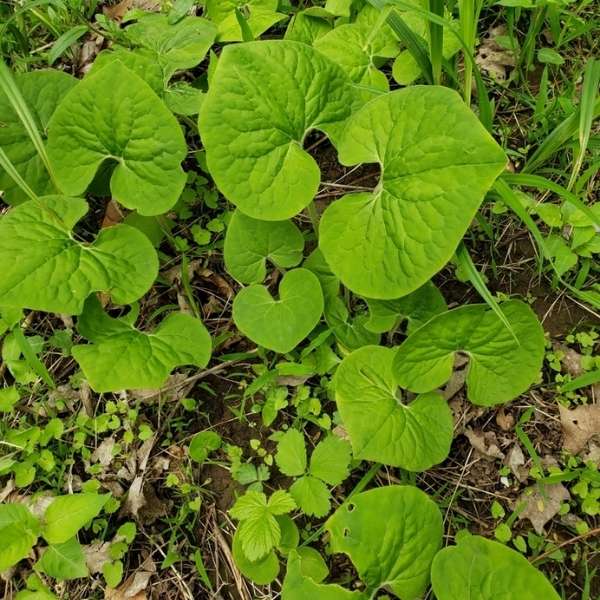
We’d like to maintain accurate and robust plant listings. If you see information that is not correct or that could be added to improve the listing, please let us know. Or if you’d like to suggest a plant to add to our plant guide, you can use this form do so. Thank you!
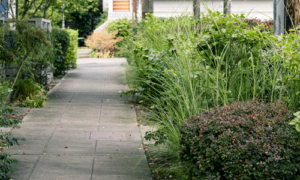
Do you want to plant a tree, create butterfly habitat, or start a vegetable garden but don’t have a yard? Learn how planting strips are a great place to start your own garden!
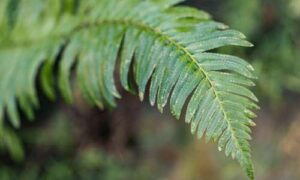
Despite the urban character and the high population density, a surprising diversity of life exists in Capitol Hill. Explore a few physical aspects of our urban ecosystems and meet some of its more-than-human residents.
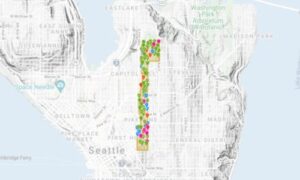
Get involved by sharing and mapping the birds, animals and nature around you to help the community understand the biodiversity in our neighborhood.

New types of vegetation can attract additional wildlife to an area. You might be surprised how a little green can go a long way!
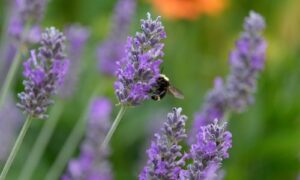
Check out our list of local wildlife-supporting plant stores and nurseries, organizations, and community science opportunities.
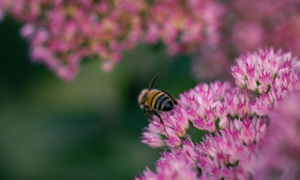
This workshop will guide you through the process and materials needed to help you decide if Mason Bees are right for you and your garden, whether you have a small deck or an open garden.
Nature of Your Neighborhood is a collaboration between Birds Connect Seattle, the Capitol Hill EcoDistrict, and the Seattle Bird Conservation Partnership. Our goal is to foster relationships between the people and the nature of their neighborhoods.